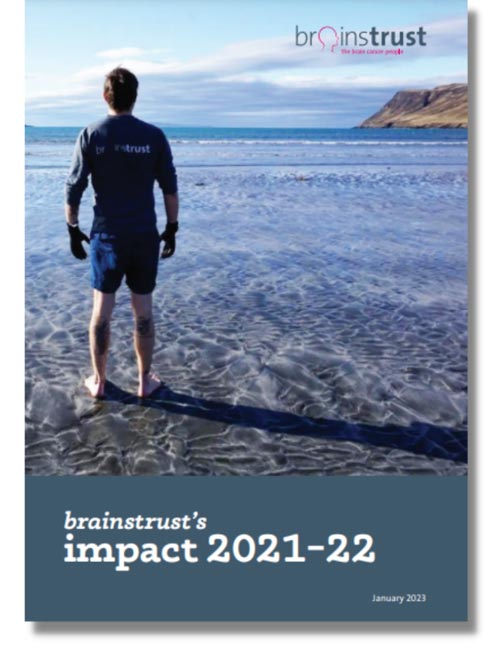On Friday 8th December 2017, brainstrust and the NCRI (National Cancer Research institute) held an Incubator day aimed at designing a clinical trial for early diagnosis in patients who are diagnosed with a brain tumour.
The incubator day was a interactive workshop where primary care specialists, neurologists, and researchers interested in the area met to discuss potential proposals for clinical research. The NCRI Early Diagnosis Group was supported by members of the Leeds Clinical Trials Unit, Health Economists, Research Design Service members, patients and charity representatives.
A potential randomised study of patients with “headache suspicious of cancer” to different pathways to care was discussed but it was considered too early for such a study and the clinical endpoints need to be better considered.
A prospective multi-centre study of “headache suspicious of cancer” looking at the red flag features in the history, the value of a simple screening test of cognition and other features prior to imaging, will be developed – led by Dr. Robin Grant (Neurology, Edinburgh); Prof Richard Neal (Primary Care, Leeds) and Prof Leone Risdale (Prof Neurology and General Practice, Kings College, London). Other Centres involved will include Cambridge and Sheffield.
Feedback from a patient who attended the day:
“ I told my journey from starting with headaches to finding out I had a meningioma brain tumour! If I had been sent for a CT scan I wouldn’t have to go 2 years of feeling sick everyday with a constant headache. This project needs to go ahead I am only 1 person, but it could have saved me years of feeling ill and not knowing why” (Linda, Yorkshire Patient)
The next Incubator Day will be in the spring of 2018, the subject of which will be studying the value of integrating Optometry into the GP referral pathway. For more information or if you would like to attend, please contact Aisha on 01983 213 573 or email aisha@brainstrust.org.uk.










